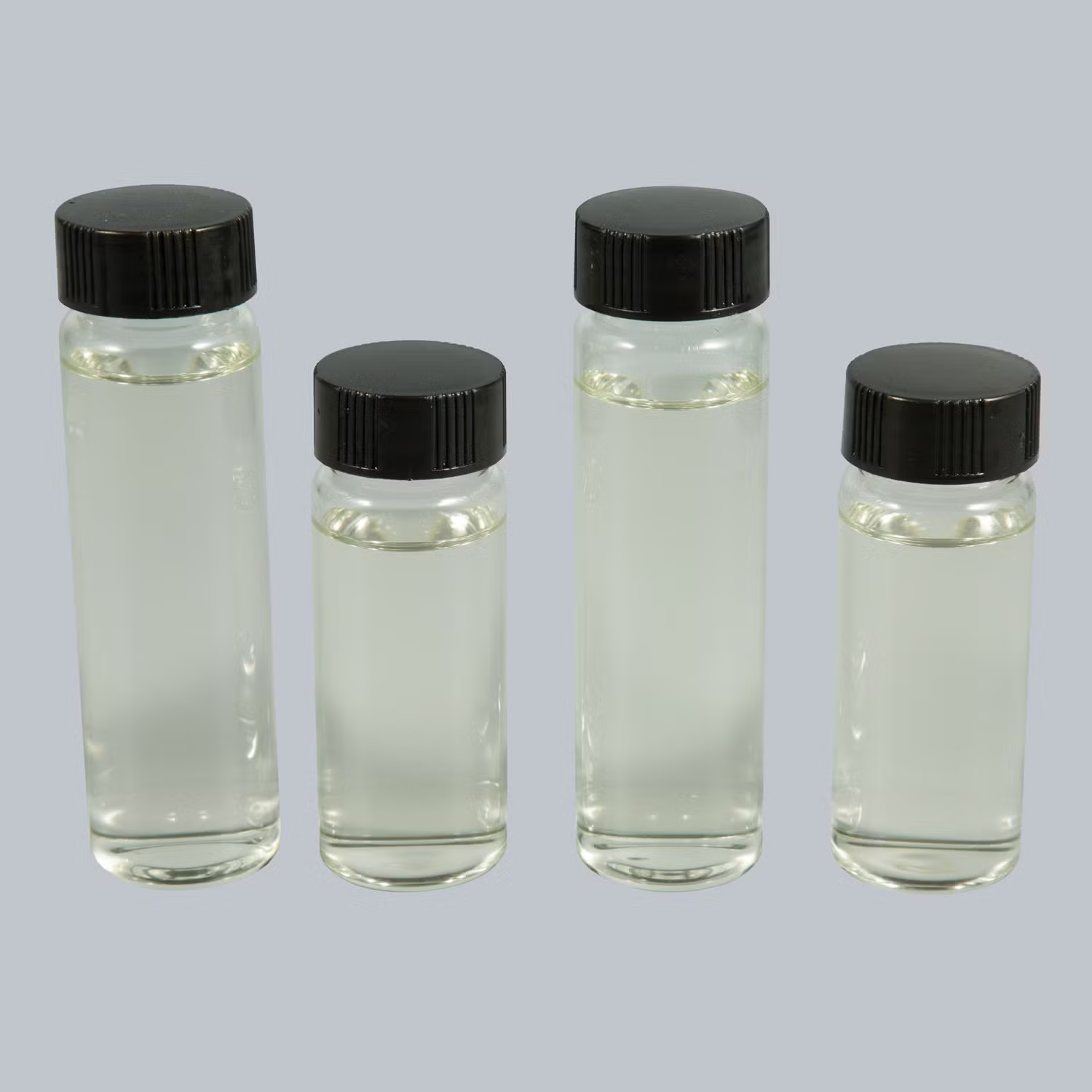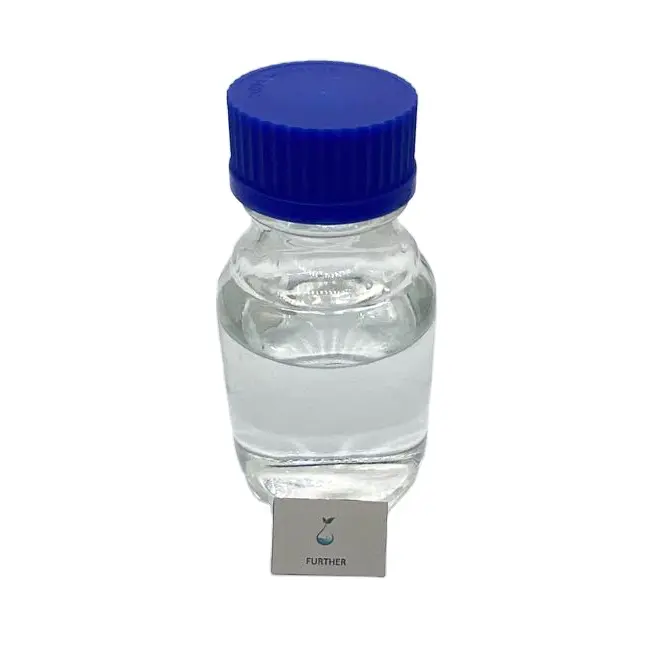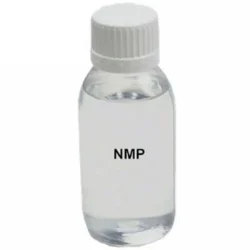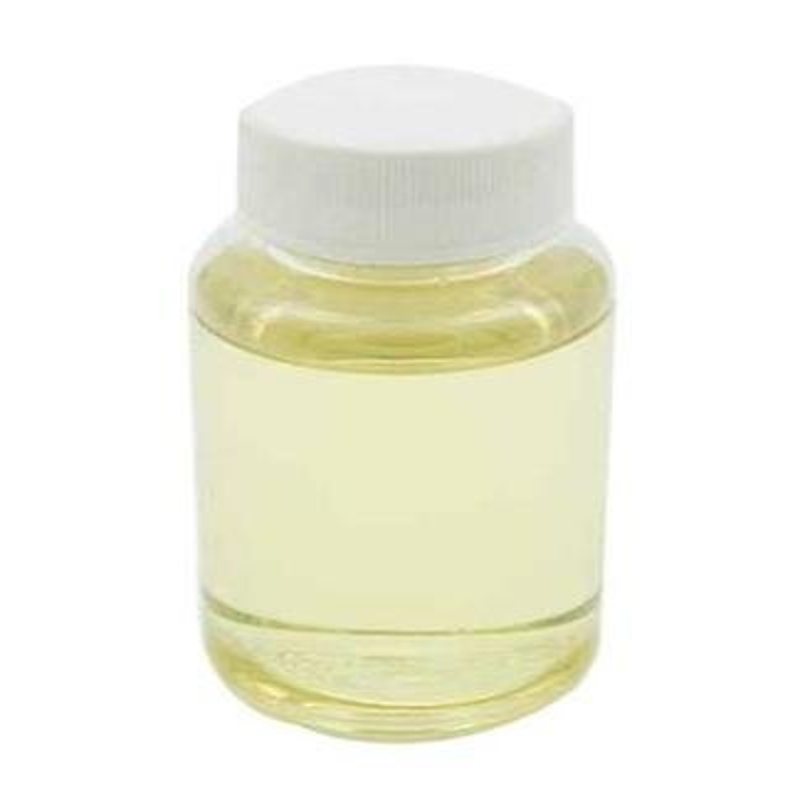Description
N-Methylpiperazine: A Versatile Building Block in Chemistry
N-Methylpiperazine is a fascinating organic compound that, while lesser-known than its parent molecule piperazine, plays a significant role in various fields, from pharmaceuticals and agrochemicals to industrial applications. This article will delve into the properties, synthesis, uses, and considerations surrounding this versatile chemical building block.
What is N-Methylpiperazine?
Chemically, N-Methylpiperazine is a cyclic amine, specifically a piperazine ring with a methyl group attached to one of the nitrogen atoms. Its unique structure, with two nitrogen atoms within a six-membered ring, grants it a distinct set of chemical properties. It exists as a colorless to light yellow liquid with a characteristic amine-like odor.
Key Properties:
- Basicity: The presence of two nitrogen atoms makes N-Methylpiperazine strongly basic. It readily forms salts with acids.
- High Reactivity: The nitrogen atoms are highly reactive, participating in various chemical reactions such as alkylation, acylation, and condensation.
- Water Solubility: N-Methylpiperazine is miscible with water and many common organic solvents due to the polarity of the nitrogen atoms.
- Chirality: While the molecule itself is achiral, it can form chiral derivatives through reactions at the nitrogen atoms.
Synthesis:
N-Methylpiperazine can be synthesized through several routes, including:
- Methylation of Piperazine: This is a common method where piperazine is reacted with a methylating agent like methyl iodide or dimethyl sulfate.
- Cyclization Reactions: Complex cyclization reactions involving specific diamines and formaldehyde derivatives can also lead to N-Methylpiperazine.
Applications:
The versatility of N-Methylpiperazine stems from its ability to serve as a crucial building block in the synthesis of a wide range of compounds:
- Pharmaceuticals: This is arguably the most significant application. N-Methylpiperazine is a key intermediate in the production of various drugs, including:
- Antidepressants: Many modern antidepressants contain the N-Methylpiperazine moiety.
- Antihistamines: Some antihistamines utilize its unique structure to interact with histamine receptors.
- Anti-infectives: Certain anti-infective agents, including some anti-malarial drugs, incorporate this compound.
- Agrochemicals: In the agrochemical industry, N-Methylpiperazine is used in the synthesis of pesticides and herbicides.
- Polymers: It can be incorporated into polymeric materials to modify their properties, such as increasing hydrophilicity or introducing specific functional groups.
- Catalysts: N-Methylpiperazine can act as a catalyst or ligand in various chemical reactions, including polymerization and condensation reactions.
- Other Industrial Applications: It finds applications in the production of dyes, surfactants, and corrosion inhibitors.
Safety and Handling:
While N-Methylpiperazine is a valuable chemical, proper handling and safety precautions are crucial:
- Irritant: It can be irritating to the skin, eyes, and respiratory system. Appropriate personal protective equipment (PPE) such as gloves, goggles, and a respirator should be worn when handling it.
- Flammable: N-Methylpiperazine is flammable and should be stored away from ignition sources.
- Environmental Considerations: Proper disposal methods should be followed to prevent environmental contamination.
Future Directions:
Research continues to explore novel applications for N-Methylpiperazine and its derivatives. Areas of interest include:
- Drug Discovery: Utilizing its structure to design and synthesize new drugs with improved efficacy and reduced side effects.
- Materials Science: Developing advanced materials with unique properties by incorporating N-Methylpiperazine into polymers and other materials.
- Catalysis: Designing more efficient and selective catalysts based on N-Methylpiperazine scaffolds.
Conclusion:
N-Methylpiperazine, despite its seemingly simple structure, is a powerful and versatile chemical building block with significant applications across diverse industries. Its unique properties and reactivity make it an indispensable tool for chemists and researchers worldwide. As research progresses, we can expect to see even more innovative uses for this fascinating compound in the future. Proper handling and safety precautions remain paramount to ensure its responsible and beneficial utilization.
















Reviews
There are no reviews yet.